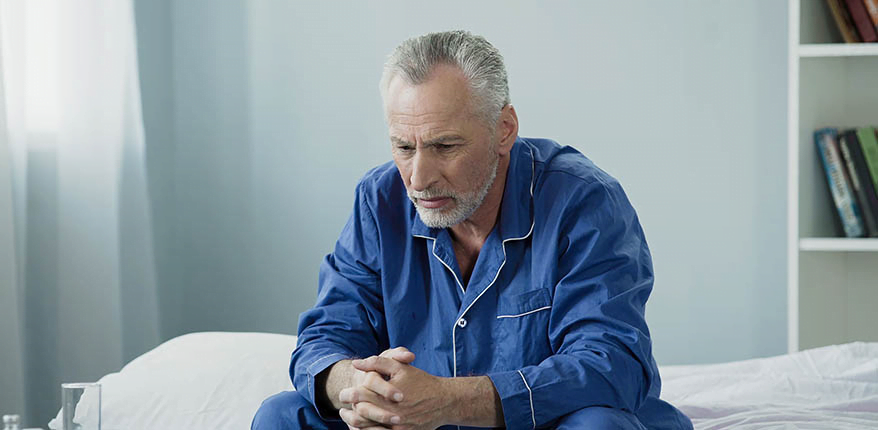Benign Prostatic Hyperplasia (BPH) is a non-cancerous enlargement of the prostate gland, commonly affecting older men. Treatment options are categorized into medication, surgery, and non-surgical therapies.
Medication
- Alpha Reductase Inhibitors:
- These medications inhibit the conversion of testosterone to its active form, dihydrotestosterone (DHT), which can help reduce the size of the prostate.
- Side Effects: Loss of libido, erectile dysfunction, breast enlargement and tenderness, decreased sperm count.
- Alpha-Blockers:
- These drugs relax the smooth muscles in the bladder neck and prostate, easing urine flow.
- Administration: Taken orally once a day.
- Side Effects: Headache, dizziness, fatigue, weakness, and a drop in blood pressure.
Surgical Treatment
- Transurethral Resection of the Prostate (TURP):
- The most common surgical method for BPH. Under general or spinal anesthesia, a special instrument (resectoscope) is inserted through the urethra to remove prostate tissue.
- Procedure: The resectoscope uses electrical current to cut prostate tissue, which is then removed by vacuum. A catheter is placed post-surgery for 2-3 days to aid in urination.
- Recovery: Short hospital stay and relatively quick recovery.
- Open Prostatectomy:
- This surgery is used for significantly enlarged prostates. It involves making an incision in the lower abdomen to remove the prostate tissue.
- Procedure: Under general or spinal anesthesia, an incision is made in the lower abdomen, and prostate tissue is removed. Catheters may be placed to drain the bladder post-surgery.
- Recovery: Longer hospital stay and recovery period compared to TURP.
- Indications: Used for very large prostates, presence of bladder stones, or when TURP is not feasible.
Non-Surgical Treatment: Thermotherapy
Thermotherapy is a modern, minimally invasive treatment for BPH, avoiding the risks of surgery and anesthesia.
- Procedure:
- A catheter-like device is inserted into the prostate through the urethra under local anesthesia.
- The device emits energy to heat and reduce prostate tissue, typically in a 60-minute session.
- Can be performed in outpatient settings without the need for hospitalization.
- Patients can urinate immediately post-procedure and return home the same day.
Advantages of Thermotherapy:
- No need for general or spinal anesthesia.
- Minimal side effects, making it suitable for high-risk patients (e.g., those with heart disease, Alzheimer’s, stroke, on anticoagulants, or using permanent catheters).
- Effective for younger, low-risk patients fearful of surgery.
- Useful in treating chronic prostatitis.
Effectiveness and Safety:
- Endorsed by the European Urology Association (EUA) and American Urology Association (AUA) as an alternative to surgical interventions.
- Studies comparing thermotherapy with TURP show a symptom reduction score of 65% for thermotherapy and 77% for TURP. The near-equivalent efficacy with fewer risks and side effects underscores the benefits of thermotherapy.
- Avoids potential complications of surgery, such as mortality, urethral stricture, and erectile dysfunction.
Accessibility:
- Thermotherapy is a convenient, outpatient procedure, making it accessible for patients from various regions without the need for hospitalization.
Conclusion
BPH treatment options range from medications to surgery and non-surgical therapies like thermotherapy. The choice of treatment depends on the severity of symptoms, prostate size, patient’s health status, and preference for less invasive options. Consulting with a healthcare provider can help determine the most appropriate treatment plan.
